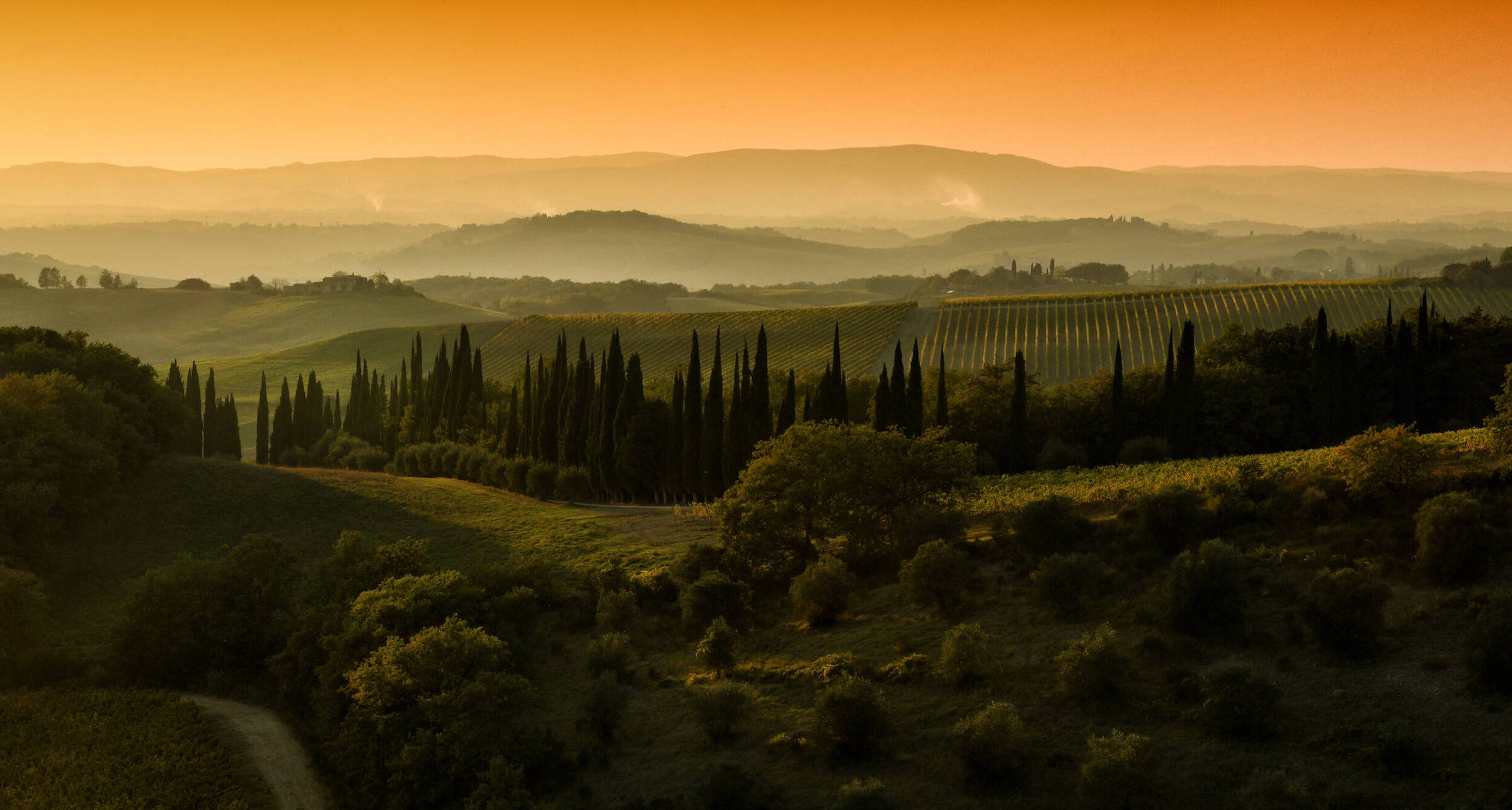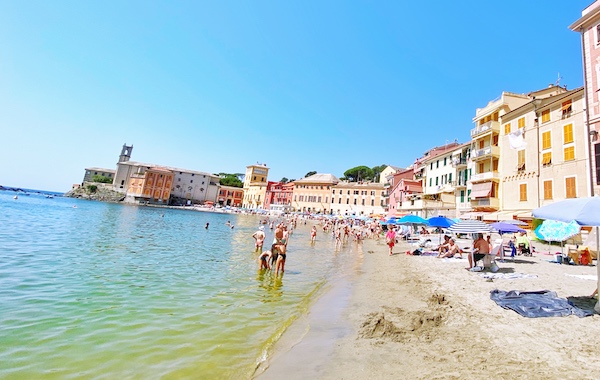Italian Architecture Highlights
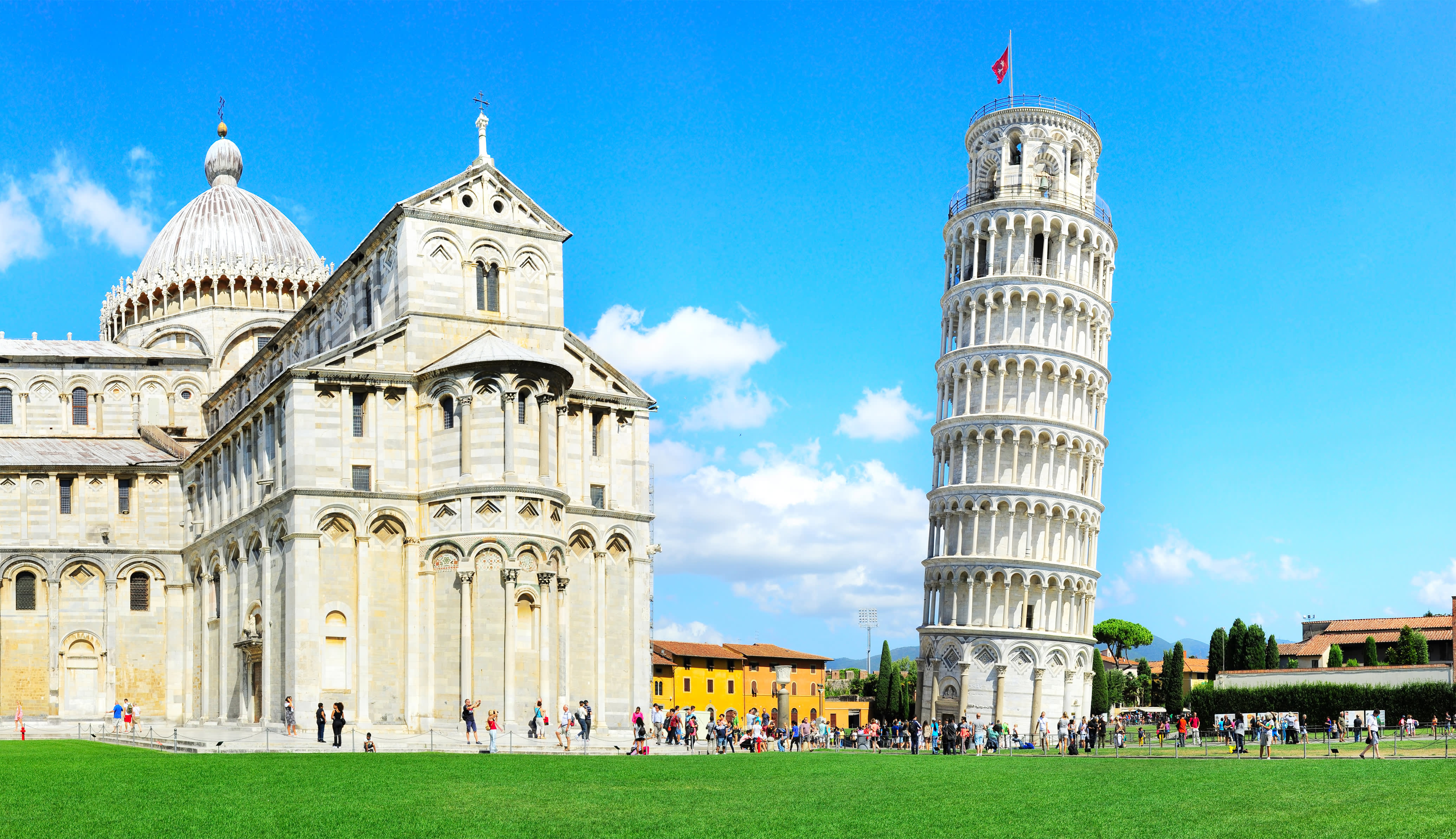
Overview of Italian Architecture
Introduction to Italian Architecture
<a href="https://ariatravels.com/exploring-the-iconic-landmarks -of-nice-a-visual-journey/”>Italian architecture stands out as a testament to human creativity and ingenuity. From the majestic grandeur of ancient Rome to the delicate beauty of Renaissance palaces, each era has contributed its signature style. As travelers wander through Italy’s enchanting streets, they’re often greeted by stunning structures that tell tales of centuries gone by.
Historical Significance of Italian Architecture
The significance of Italian architecture extends beyond mere aesthetics; it reflects cultural identity and historical progress. Some key points include:
- Cultural Influence : Italian architecture has shaped art and design movements around the world.
- Innovation : Techniques such as the use of domes and arches originated here.
- Heritage : Landmarks like Pompeii and the Vatican offer insights into ancient and religious traditions.
Each of these elements not only enriches Italy’s landscape but also preserves its heritage for future generations.
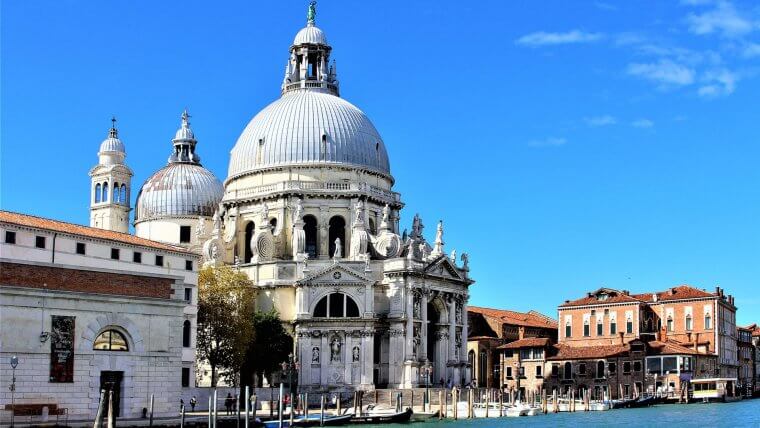
Classic Italian Architectural Styles
Romanesque Architecture
Romanesque architecture, flourishing from the 9th to the 12th centuries, is characterized by its robust structure and semi-circular arches. As you stroll through towns like Pisa, the influence of this style becomes clear—think thick walls, small windows, and intricate carvings.
- Elements : Round arches, barrel vaults, and sturdy piers.
- Example : The Basilica of Saint Sirin in Gubbio exhibits classic Romanesque features.
Gothic Architecture
Transitioning to the Gothic period (12th to 16th century), Italian architecture embraced verticality and light. The soaring cathedrals with pointed arches and ribbed vaults create a sense of awe and spirituality.
- Essential Features : Flying buttresses, large stained glass windows, and ornate facades.
- Highlight : The Milan Cathedral stands as a breathtaking example of Italian Gothic architecture, inspiring admiration from visitors worldwide.
Renaissance Architecture
The Renaissance period (14th to 17th century) marked a revival of classical antiquity, emphasizing balance and harmony. Architects like Bramante and Michelangelo infused buildings with proportion and symmetry.
- Key Characteristics : Domes, columns, and a focus on humanism.
- Notable Landmark : St. Peter’s Basilica is a prime example of Renaissance grandeur, drawing millions of tourists who marvel at its stunning design.
Exploring these classic styles provides insight into Italy’s rich architectural heritage, each leaving an indelible mark on the landscape of design worldwide.
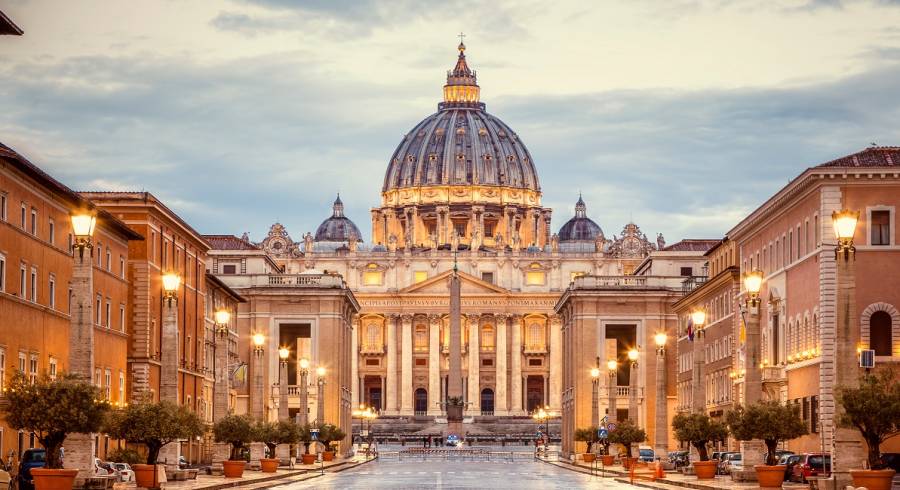
Famous Italian Architectural Landmarks
The Colosseum in Rome
The Colosseum, an iconic symbol of ancient Rome, captures the imagination of every visitor. Constructed around AD 70-80, its grand arches and impressive size evoke stories of gladiators and chariot races. Walking through its corridors is like stepping back in time.
- Highlights :
- Capacity of 50,000 spectators
- Advanced engineering techniques for its era
The Leaning Tower of Pisa
Then there’s the Leaning Tower of Pisa, known worldwide for its unintended tilt. I recall my visit; tourists clamored to capture the perfect “holding up the tower” photo! This freestanding bell tower showcases exquisite Romanesque architecture.
- Interesting Facts :
- Began construction in 1173 and took nearly 200 years to complete.
- Current restoration efforts help stabilize its famous lean.
St. Peter’s Basilica in Vatican City
Finally, no discussion of Italian landmarks would be complete without mentioning St. Peter’s Basilica. The largest church in the world boasts breathtaking artwork and architectural grandeur. Stepping inside, I was immediately struck by its magnificence.
- Key Features :
- Designed by the great architects Michelangelo and Bernini
- Home to the famous Pietà sculpture
These landmarks not only showcase Italy’s architectural brilliance but also serve as reminders of the rich history and cultural stories woven into their walls.

Modern Italian Architectural Influences
Contemporary Italian Architects
As Italy embraces the 21st century, contemporary architects like Renzo Piano and Massimiliano Fuksas continue to push boundaries. During my visit to the Centro Pompidou designed by Piano, I was amazed by how modern design melds with functionality.
- Notable Works :
- Renzo Piano’s The Shard in London, blending elegance and innovation.
- Massimiliano Fuksas’ Nuvola in Rome, a stunning cloud-shaped convention center.
Sustainable Architecture in Italy
Additionally, sustainable architecture has gained momentum in Italy, reflecting a commitment to eco-friendly practices. For example, the Bosco Verticale (Vertical Forest) in Milan truly captivated me with its lush greenery integrating nature into high-rise living.
- Key Ideas :
- Use of renewable materials and energy-efficient technologies.
- Incorporation of vertical gardens to enhance urban biodiversity.
These modern movements demonstrate Italy’s evolution in architecture, balancing tradition and innovation while paving the way for a more sustainable future.
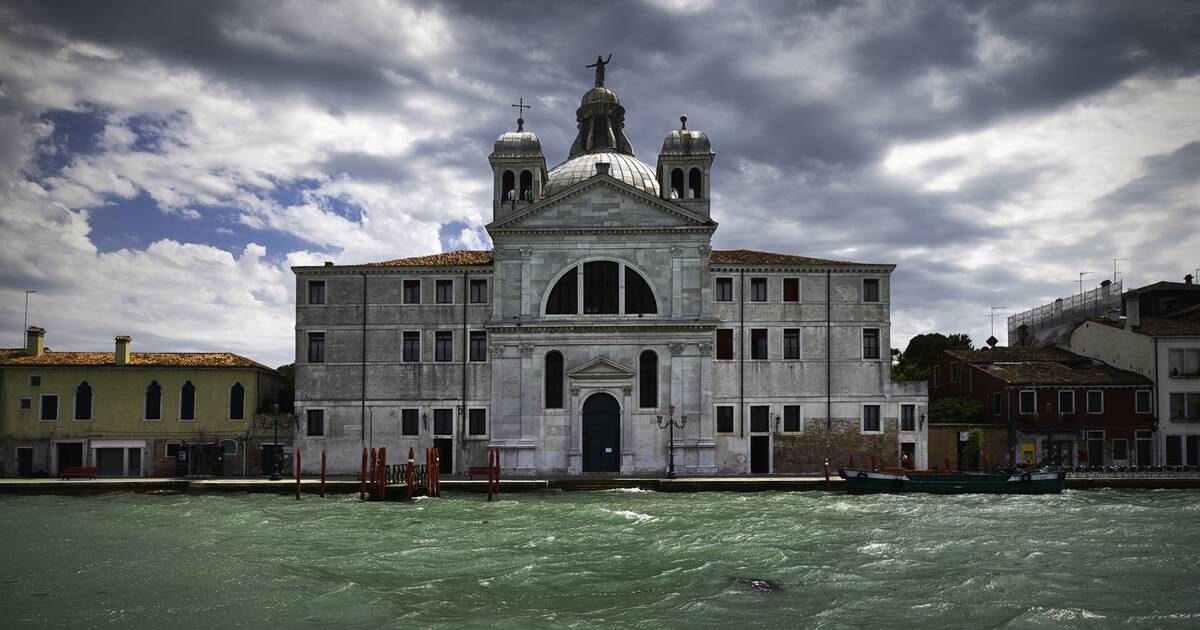
Preservation and Conservation Efforts
Importance of Preserving Italian Architecture
The preservation of Italian architecture is vital not just for aesthetic enjoyment but also for cultural heritage. These structures are windows into Italy’s history, depicting the artistic evolution through the centuries. During my travels, standing before ancient buildings filled me with a sense of connection to the past.
- Key Reasons :
- Educational value for future generations.
- Economic benefits through tourism.
Conservation Projects in Italy
Numerous conservation projects are underway to ensure these architectural treasures endure. For instance, the ongoing restoration of Pompeii continues to unveil insights into past civilizations.
- Examples of Projects :
- The restoration of the Last Judgment fresco in the Sistine Chapel.
- Urban renewal initiatives in historic city centers to safeguard architectural integrity.
Through diligent efforts, Italy is ensuring that its architectural legacy remains alive, enriching the experiences of both locals and visitors alike.
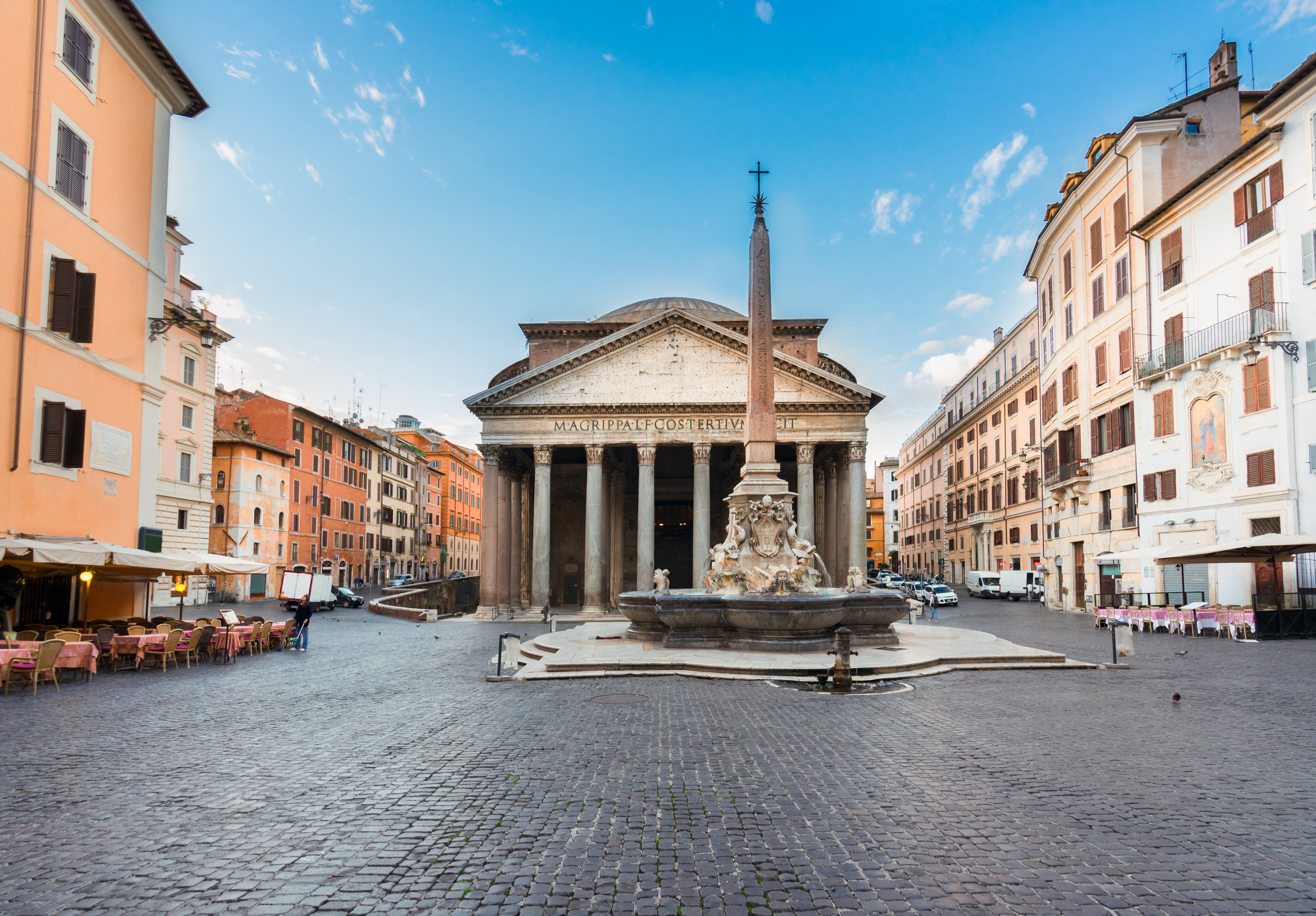
Influence of Italian Architecture on Global Design
Italian Architecture’s Impact Worldwide
The impact of Italian architecture extends far beyond its borders, inspiring countless designs around the world. During my travels, I noticed how features from Italian structures often reappear in modern buildings, reflecting a celebration of aesthetics and functionality.
- Global Influence :
- The principles of symmetry and proportion from Renaissance architecture.
- The dramatic elements of Baroque influencing styles from Europe to Latin America.
Adaptation of Italian Styles in International Architecture
Many international architects have adopted Italian styles, integrating them into contemporary designs. For instance, I was struck by how the grand arches and columns of Italian villas could be seen in luxury homes in California.
- Prominent Adaptations :
- Neoclassical themes in government buildings worldwide.
- Italianate styles in suburban neighborhoods across the United States.
These movements illustrate the enduring legacy of Italian architecture, showcasing its ability to inspire and adapt across different cultures and eras.
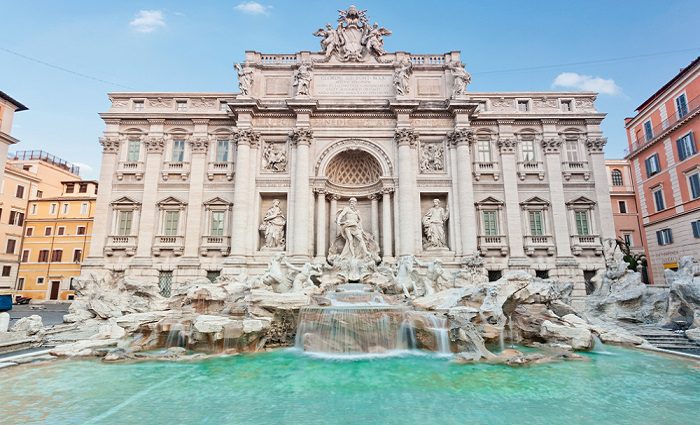
Conclusion
Summary of Italian Architectural Highlights
In exploring the rich tapestry of Italian architecture, we’ve journeyed through iconic styles—from the sturdy Romanesque to the ethereal Gothic and harmonious Renaissance. Each landmark, from the Colosseum to St. Peter’s Basilica, showcases the artistry and historical significance that Italy offers.
- Key Takeaways :
- The fusion of ancient techniques with contemporary design continues.
- Preservation efforts ensure future generations can appreciate these treasures.
Future Trends in Italian Architecture
Looking ahead, Italian architecture is set to further blend sustainability with innovative designs. I anticipate exciting trends such as:
- Increased Use of Green Technologies : Integrating renewable resources.
- Emphasis on Urban Landscaping : Creating livable, green spaces in cities.
The future of Italian architecture promises to honor tradition while adapting, ensuring its influence endures on a global stage.

